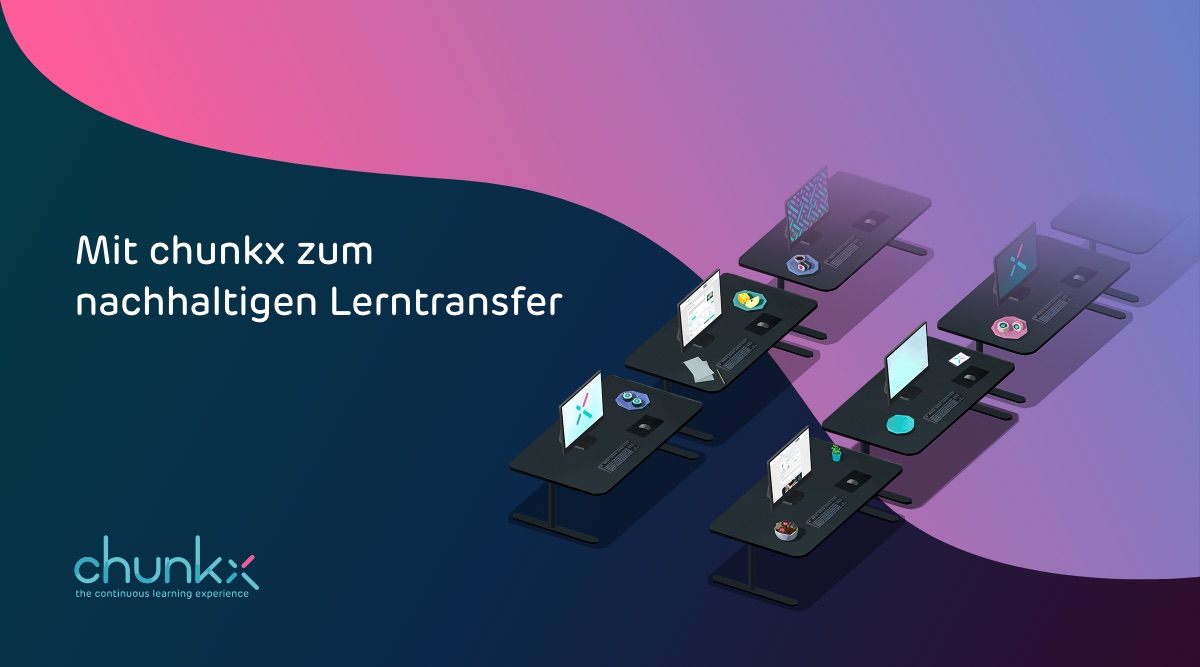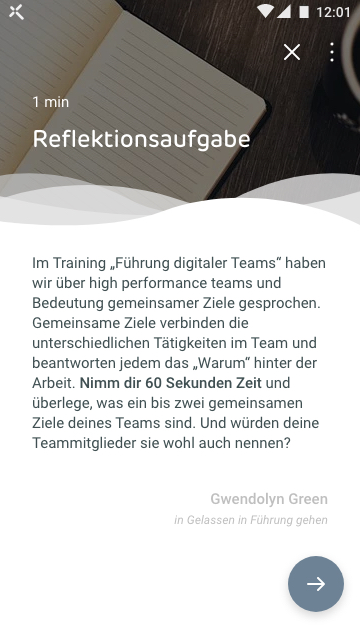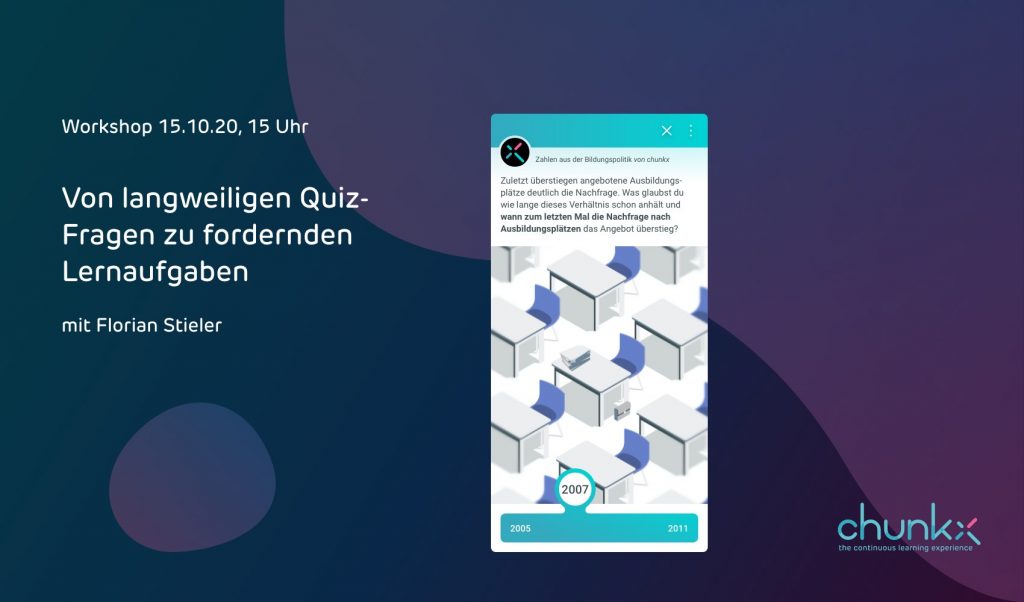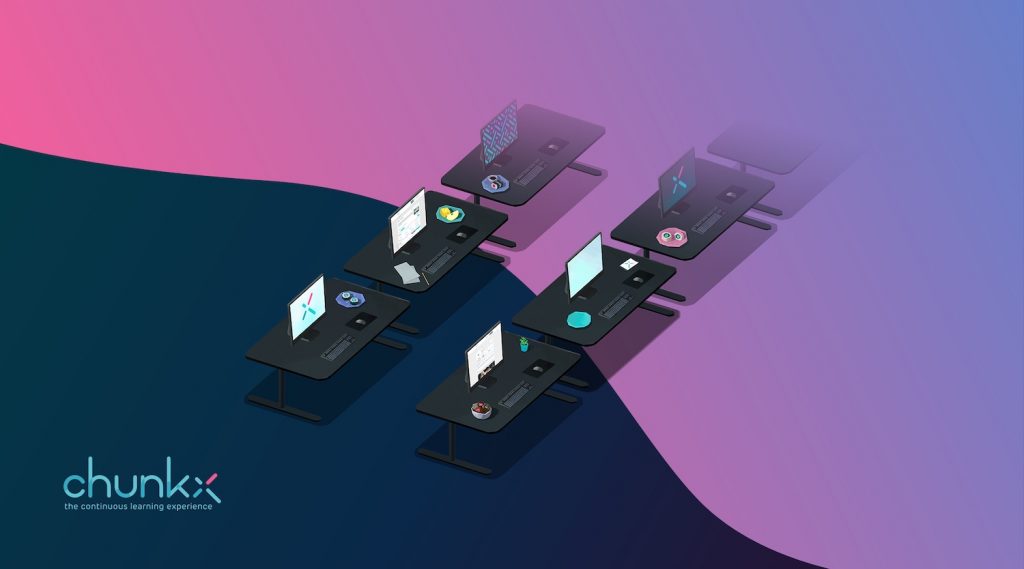Analog learning experiences are more intense than digital ones
What’s the best experience you’ve ever had in a learning situation? Feel free to take a moment before reading on. Can you think of anything? When we talk about this in the team or ask clients this question in workshops, they often mention situations with outstanding trainers or remember the one teacher who was particularly inspiring in school. Also included are discussions in learning groups or working in a quiet room, where you have spent days on a problem.
In fact, the memory of a webinar, eLearning, or printed self-study course never came up in the process.
What does that mean?
Now, that’s not to say that learning experiences interacting with other people are bad per se or always have to be particularly great. But the answers clearly indicate that analog learning experiences form more potential for high intensity and sustainability. And also that even with the best video software, we can’t represent the intensity of educational experiences in the classroom 1:1.
Advantages of digital learning apps
On the other hand, modern digital learning apps can offer functions that cannot be presented in analog form or only with a great deal of effort:
- Advanced learning apps can select learning content based on the individual’s needs. This is where we talk about adaptive learning.
- They can provide continuous moments of reflection, even after content has already been worked on by learners. We have described more on this topic in the context of learning transfer here .
- Learning content can be made more accessible than is possible with analog learning, regardless of time and place. Especially currently during a time marked by infection control measures a valuable feature.
Combining analog and digital learning optimally
With chunkx, we have developed a learning app that offers precisely these functions and thus optimally complements analog learning experiences – for every subject area, every topic and for both companies and educational institutions.
Need-based learning:
In chunkx, courses are broken down into their smallest possible units. Which of these small learning units is selected, when and how often, depends on the individual user’s level of knowledge and learning needs.
Continuous Learning:
For digital learning to succeed in the long term, it must become a regular occurrence. Instead of checking off a topic once, chunkx takes advantage of time and location independence and reselects content for users even weeks, months, and possibly even years after it was edited. Both analog classroom training and digitally conducted webinars can thus be perfectly complemented.
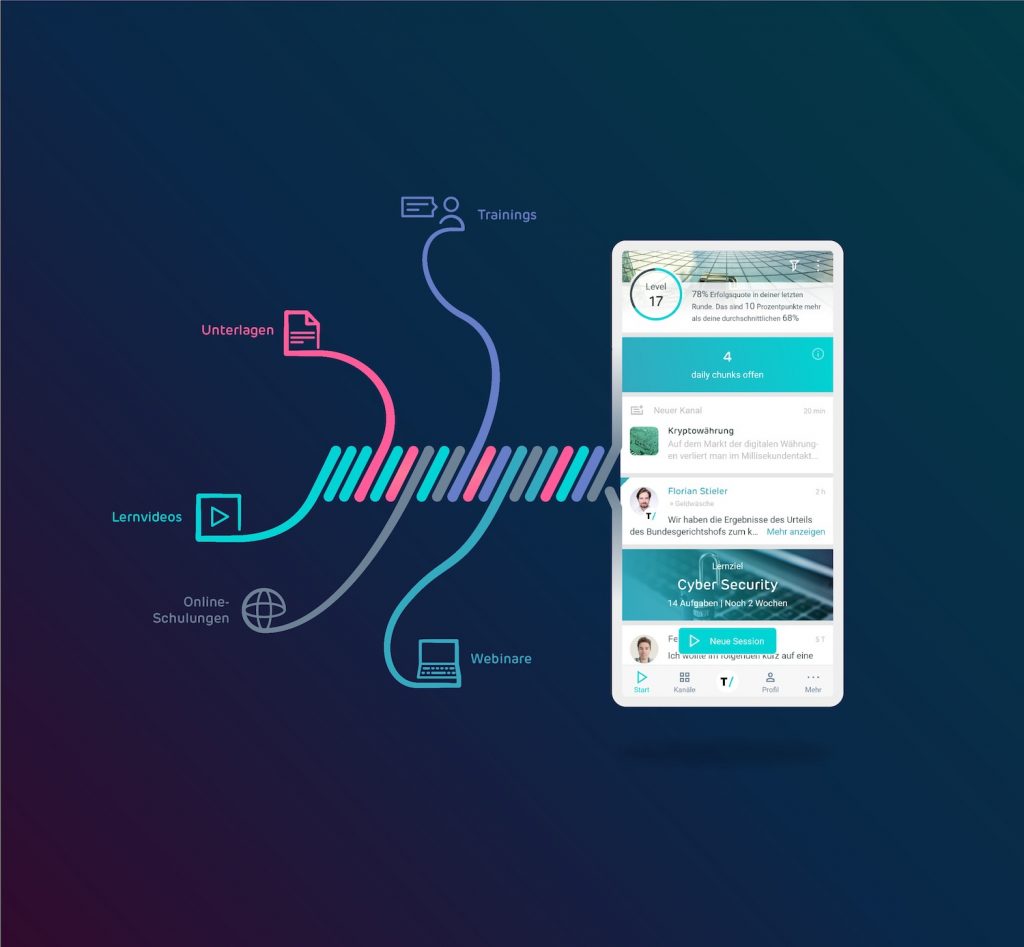
Connecting topics instead of separating them:
For digital learning to enable continuity, it must connect diverse topics for the user in one feed. Twitter, Facebook, LinkedIn and our news apps only work because they use algorithms to select relevant content for us from a wide variety of sources. In learning sessions in chunkx, learners therefore only select content relevant to them from all their voluntary or mandatory courses and providers.
Digital learning with chunkx
Only when digital and analog learning complement each other optimally and we talk less about replacing and more about reinforcing each other can we design qualification and further training in the best possible way. With chunkx, we offer you a tool to expand both new and existing measures in a targeted manner. Not a customer yet? Then contact us for a personal presentation and let’s discuss together how to improve learning for your target groups. We look forward to hearing from you!


